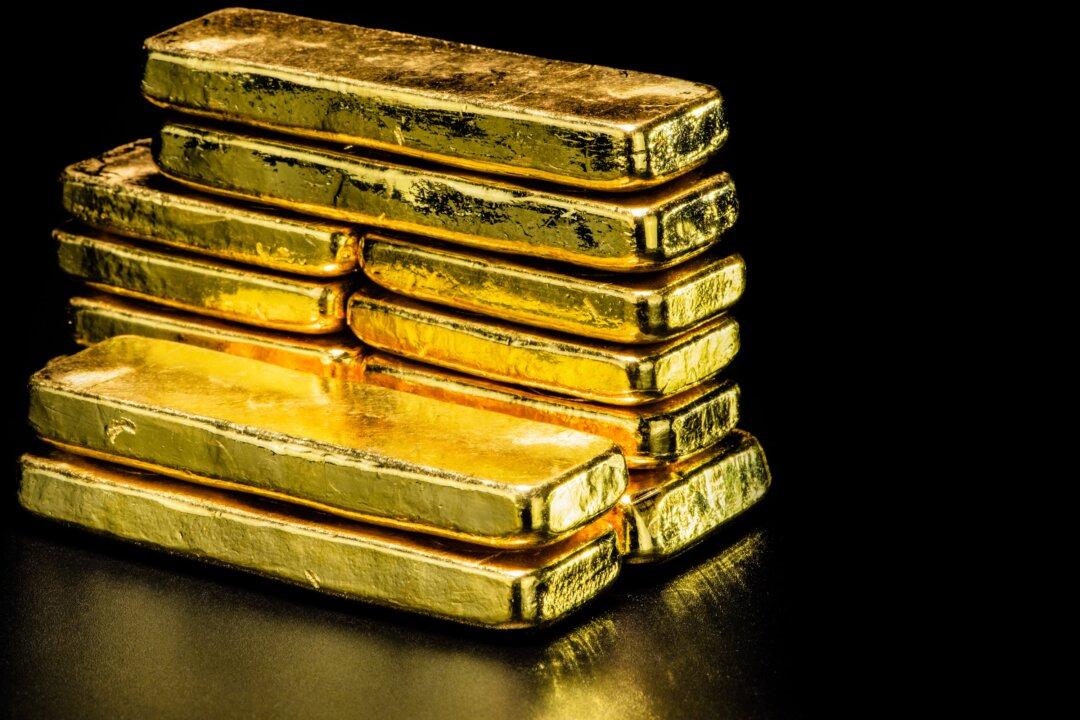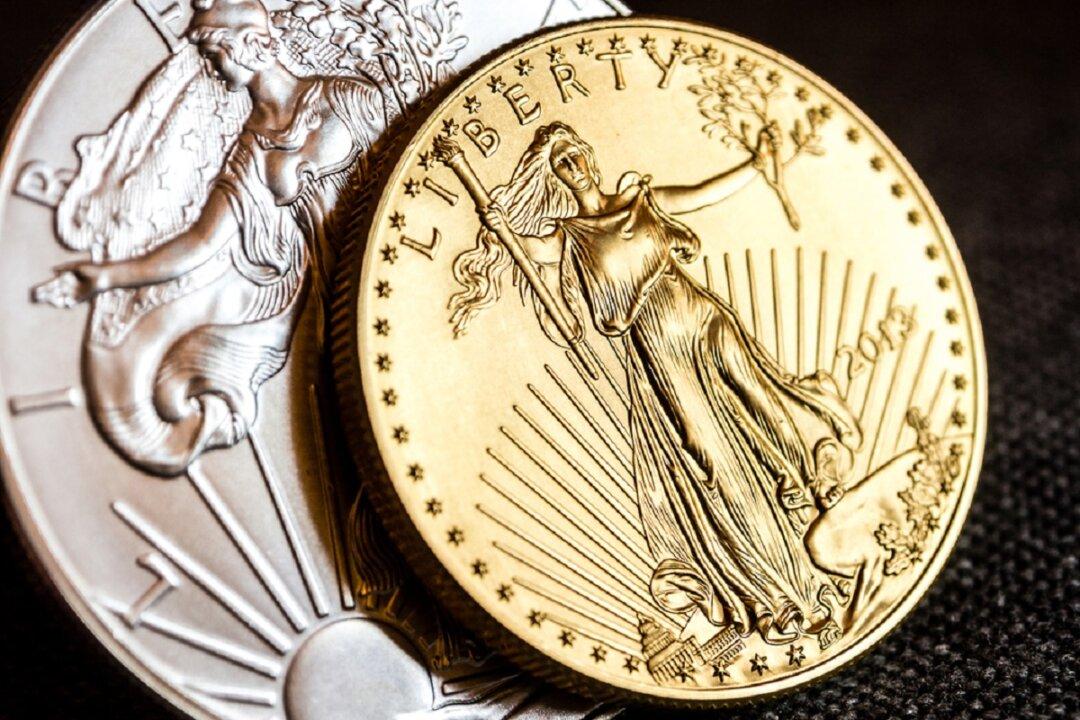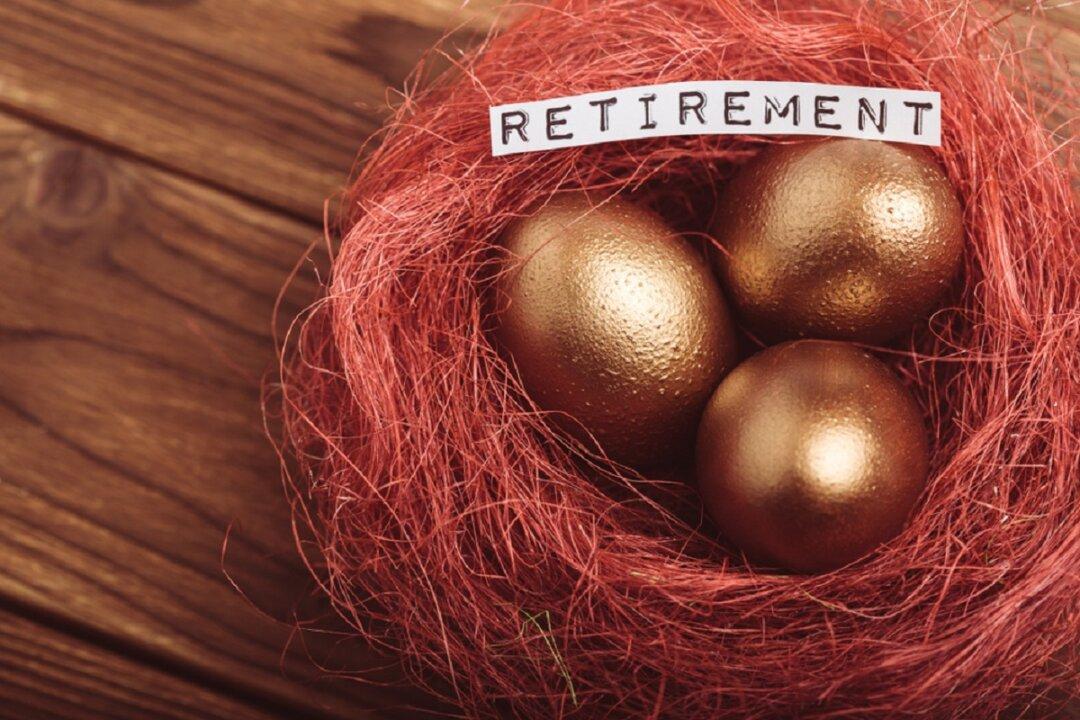Whether you’re planning for retirement or want to maximize your portfolio’s performance, diversification is key to maximizing your investments.
Precious metals such as gold and silver remain desirable for their corrosion resistance, rarity, and decorative value. But is investing in precious metals the right choice for you in a post-COVID world? This guide explains the most critical aspects of buying gold and silver for those new to the process.
Investing Terms You Should Know
Physical investments come with some key terms. These include:- Allocated gold—Allocated metals are physical gold or silver bullion stored in a third-party vault. The allocated metal does not form part of the vault provider’s balance sheet because it belongs to the owner.
- Bull—In investment terms, “bull” means the expectation that prices will rise. A bullish trader believes that a commodity will increase in value, and a bull market refers to a rising price over time.
- Bear—In investment terms, “bear” refers to the expectation of falling prices. A bear market is one in which prices consistently fall.
- Exchange-traded funds (ETFs)—The primary purpose of ETFs is to track the market price of assets such as gold or silver by buying into them. Investors can purchase shares in the trust, but do not get access to the fund’s underlying assets. Gold ETFs are like stocks in a company; but instead of buying shares in a company, you purchase shares in a fund that relies on asset prices for its profits and losses.
- Fineness—Investment gold and silver use fineness to describe purity level. Fineness refers to how many parts of a bar or coin are pure gold or silver per thousand parts.
- Paper gold—A paper asset, such as paper gold, refers to any investment that derives value from gold prices, but does not involve ownership of the physical asset. Examples include gold ETFs, futures, the stocks of mining companies, and mutual funds.
- Troy ounce—A specific weight measurement for precious metals. It’s slightly heavier than the traditional imperial ounce, and it is the default trading unit for the spot price of gold and silver.
Reasons to Consider Investing in Gold and Silver
Investing in a completely new asset class can feel intimidating, and many people need good reasons to allocate valuable resources to these investments. Here are some of the main reasons why investing in precious metals may be a good option:- High demand—Platinum and palladium are automotive industry staples, and the electronics industry has a growing need for gold. Since mining precious metals has become more complex and expensive, the increasing demand results in a subsequent price increase.
- Relatively high liquidity—Unlike other physical assets, many eager buyers are ready to buy precious metals. This high liquidity means you can react quickly to changing market conditions.
- Confidentiality—While you may need to deal with a third-party vault to store your gold and silver safely, you do not need to provide your details to a financial institution to sell or purchase gold.





